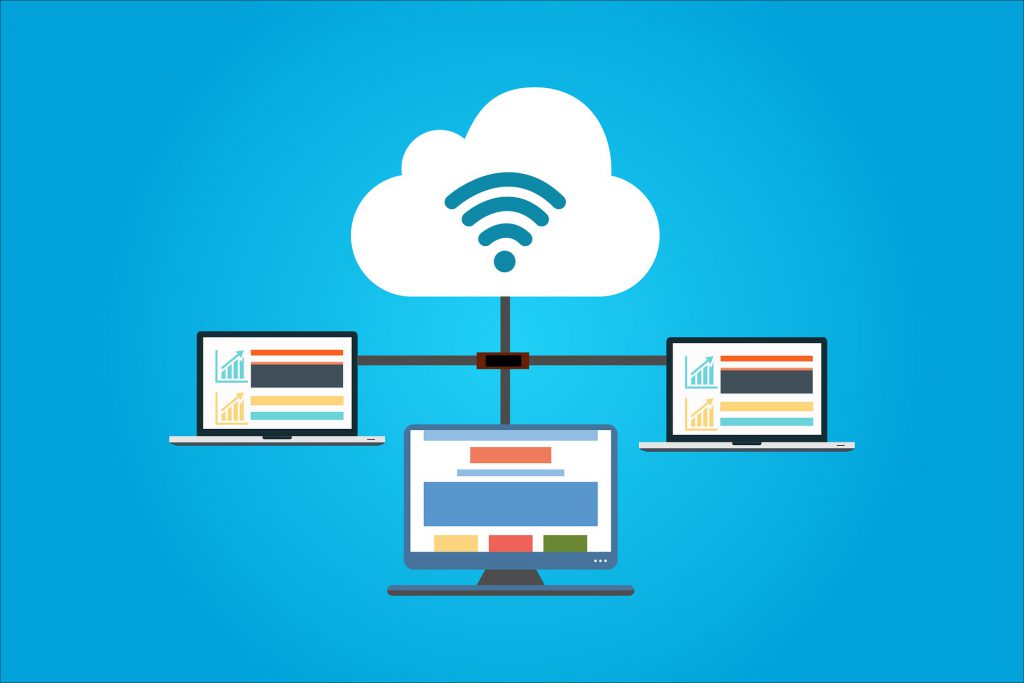JMAP Stands for JSON Meta Application Protocol. It is a set of related protocols for handling email. JMAP is a new, more efficient, and open protocol to retrieve your emails from the server.
As we know, email protocols are a crucial part of establishing the communication between client and server. Without this, the sending / receiving of emails over the network would not be easy, and keeping that in mind, various protocols like IMAP, POP3, SMTP; have been created. Thus by measuring the increased usage of emails and work dependency on them, it is observed that a new protocol needs to develop to fulfill all the missing elements of the older protocol. That contributes to better electronic communication.

Development Scenario of JMAP
JMAP started in 2014 as an internal development project by Fastmail (An Australia-based email provider). A new working group at the IETF leads the development and standardization process that Started in 2017. The email specification and core protocol were published in July and August 2019 by Neil Jenkins of Fastmail and Chris Newman of Oracle.
The Need for JMAP
IMAP and SMTP that are the current standards for email protocols for client-server communication are complicated and outdated. They are not well-suited in modern mobile networks and high-latency scenarios. There are several limitations in current standards that have led to the development of new good email clients.
Features of JMAP
Unified specification- It has a unified specification that unable all the extensions that you actually want to have in 2021 to combine them into one single specification. For example, it includes support for full-text search support for email.
Fast Processing: JMAP is extremely fast as compared to IMAP and SMTP. It can also be used to send the emails, reducing confusion to the users.
Threading +TFS + submission- There is also threading support built into it. You don’t have to figure out which email belongs to which thread on the client-side you can have your server do it.
Accessible via HTTP- It is also accessible by HTTP that makes it easier to work.
MIMI parsing included- They always require some sort of proxy between the website and the IMAP server.
Third-party push (APNS, FCM) – JMAP also has sub ports for third-party push For instance; the push notification received from third-party providers like Apple and Google can be processed.
Compatibility
What JMAP does a lot better is that it is fully compatible with the existing mail infrastructure. You can still interoperate with other people on an email network that doesn’t have Java. You can even operate some data structures on the server-side using a data store. Besides this, JMAP also offers:
- Server to server untouched (SMTP)
- Operate on the same data store
- Work alongside IMAP clients
- Inherits legacy
Limitations
It is currently in the situation of standardizing the contacts, calendar tasks.
Conclusion
JMAP is a Powerful but complex protocol. It’s still to be fully equipped to replace the older email protocols completely because of ongoing research dealing with calendars, contacts, quotas, sieve mail filtering, and S/MIME signature verification.
About The Author